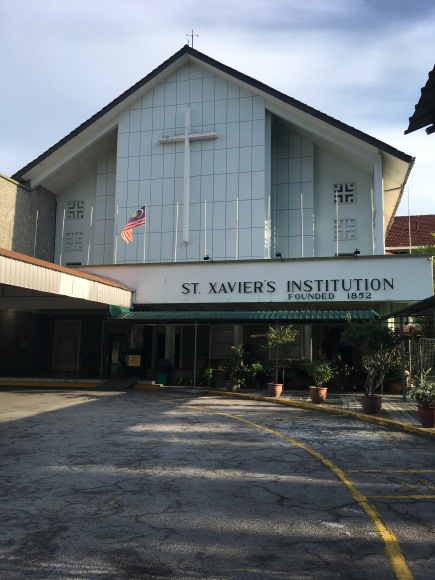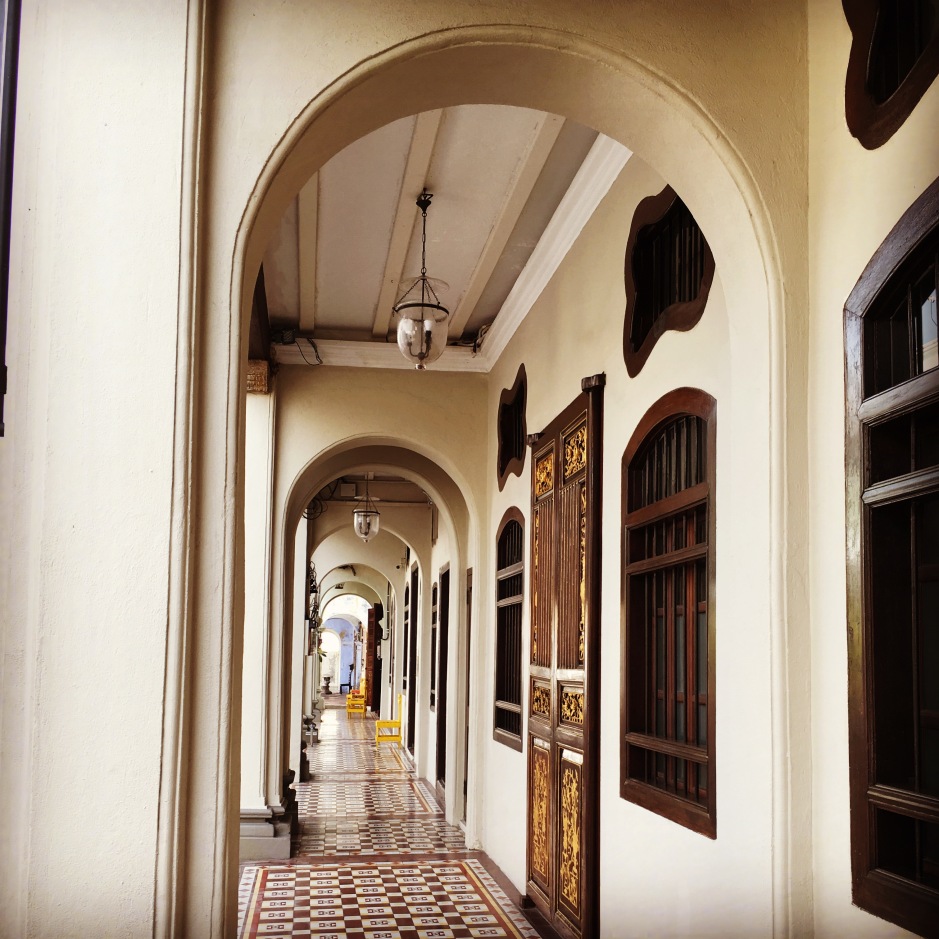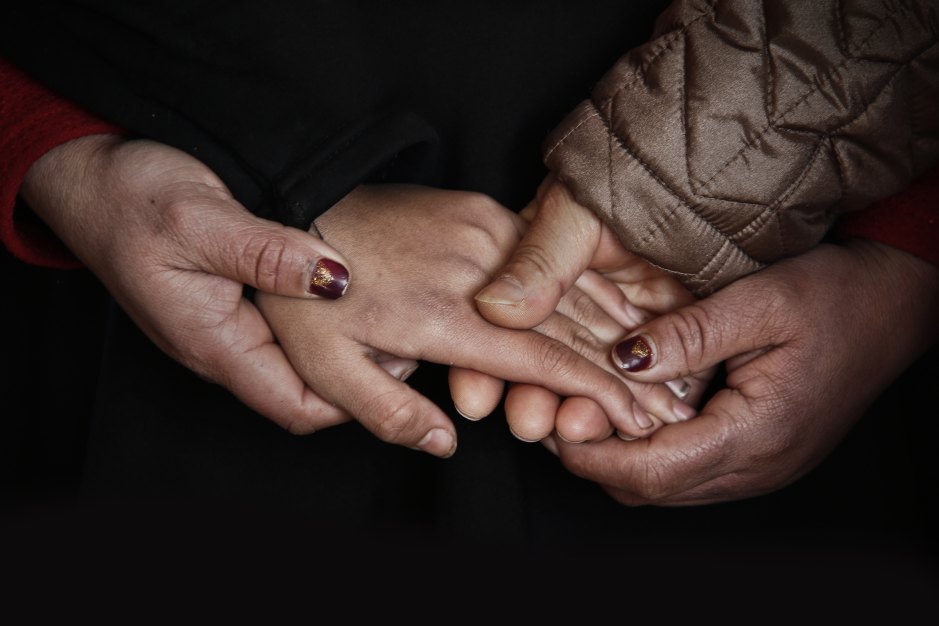A blogpost about trying to find my grandmother through writing my family stories
“As Por-Por would say…”
Growing up, I heard this a lot. Whenever my mother wanted to impart a life lesson she would often begin with this expression, speaking in English before switching to Cantonese as she quoted a Chinese proverb she had picked up from her mother.
My grandmother also featured in many of my mother’s stories about her childhood in Penang, some of which I have recorded on this blog. Many images come to mind when I think of Por-Por. I see her running out of 58 King Street, her waxed paper umbrella protecting her from the rain as she tries to hail a trishaw. I see her crouched in a squat as she inspects the basket of eggs the dan-por has brought to her doorstep. I see her carefully lowering bamboo-leaf-wrapped rice dumplings into a pot of boiling water as she keeps a lookout for anyone walking past, ready to shout at them if they dared step into her kitchen because that would mean the dumpling corners won’t cook. But these are my reimagined versions of Por-Por, drawn from my mother’s stories. My grandmother died when I was barely old enough to form my own memories of her.
Despite her huge presence in my life, when I first thought about writing down my family history it wasn’t Por-Por that came to mind immediately but Kong-Kong. Perhaps I was taken by the story of my grandfather as a 17-year-old orphan sailing away from China, looking for a life that was more than just herding cows every day. Or perhaps it was because he was the grandparent I saw the most, until he passed away when I was 16.
I never understood the implications of Por-Por’s migration story until I began researching my grandparents’ histories for my MA dissertation. What I learnt led to me to write my grandmother’s story instead. It also took me on a journey to find her; through the memories of those who knew her and to the streets of George Town, Penang where she lived and died.
I wrote about this quest in a short story published in an anthology for Suffragette Stories, a project with the University of East Anglia and Norfolk County Council. My story, Finding Por-Por, is to remember Una Stratford Dugdale, one of many British suffragettes whose lost legacies this Heritage Lottery Fund project aims to commemorate.
Writing about Por-Por for this anthology, as well as for my dissertation, was my way of paying tribute to the diminutive woman I never got to grow up with. A woman whose huge legacy lives on in the strong women she brought up – my mother and my aunt – and the proverbs and practical advice she handed down through them.
Last December, I was invited to read an extract from Finding Por-Por when the Suffragette Stories exhibition was launched at Norwich’s Millennium Library. As I looked out at the mostly British audience, it struck me that some of them may wonder what my Chinese grandmother would have in common with an English suffragette. But I like to think that a good story resonates with anyone, regardless of ethnicity, nationality or experience.
This is how I think of the stories I’ve been reading recently, stories shared by British East Asians through the Twitter hashtag #RealAsianGranny as well as #RealAsianGrandad. What began as a response to the racial stereotypes depicted in Living with the Lams, a children’s sitcom currently in development for the BBC, sparked a flood of amazing stories. Tales about strong women dealing with adversity, memories of loving and some not-so-loving grandmothers, a longing for grandparents never met – it was a testament to how diverse yet familiar the human experience is. As I read these stories I could see my grandmother, my mother and myself in them. I could also see the rich legacy we have in the form of our family stories. And how, by sharing them, we enable our ancestors’ authentic experiences to be heard even as we give ourselves a voice to make a stand on who we are.
A year ago, I wrote about how my family stories form a part of my history, my heritage. But it wasn’t until I began to seek my grandmother – as well as my grandfather – through these stories that I could really see myself as being part of something bigger, something that makes me feel less alone while at the same time grounding me in who I am. This is particularly important as my migrant experience is one of constantly assessing, adapting and adjusting to find my place in my adopted environment even as I try to hold on to a sense of myself.
But you don’t need to be a migrant, or have a #RealAsianGranny or #RealAsianGrandad, to appreciate your family stories. So start digging out those old photographs, letters, diaries, and ask the older members of your family about them. But don’t just listen to their stories. Take notes, record them. Share those stories with other family members, and if you feel comfortable doing so, with friends and the rest of the world. Start a blog like this, or if writing’s not your thing, create a photo essay like this amazing Twitter thread I came across recently.
Remember, good stories can be universally enjoyed. Also, you never know where your family stories might take you.
Photos from the writer’s personal album






